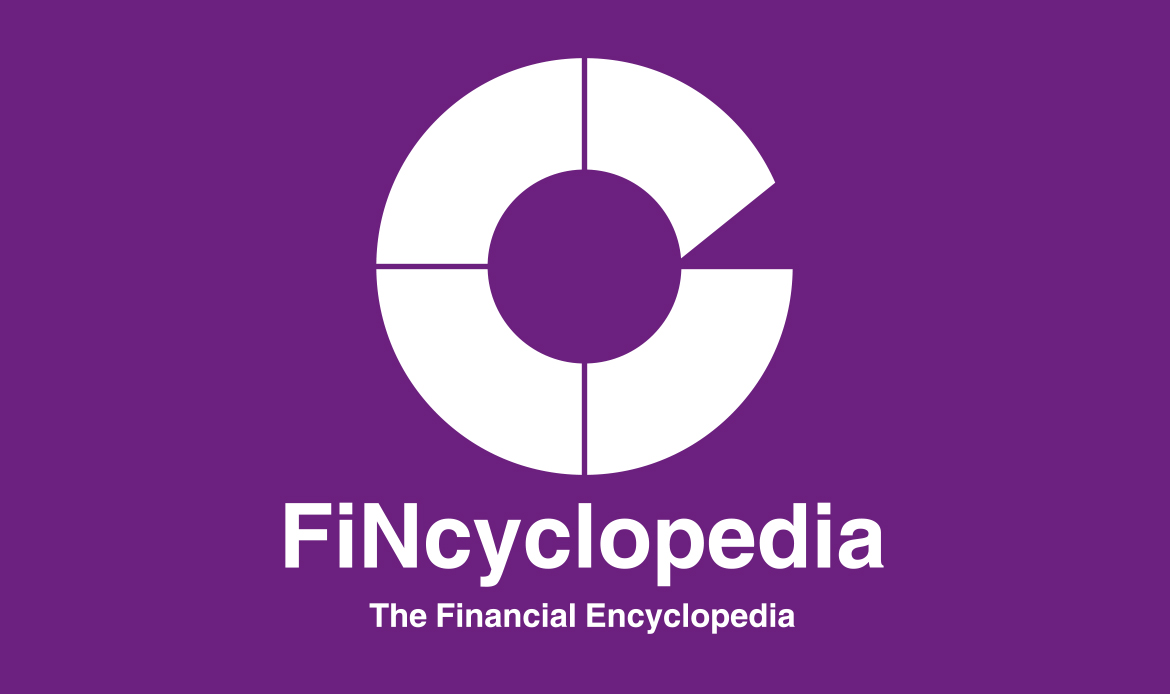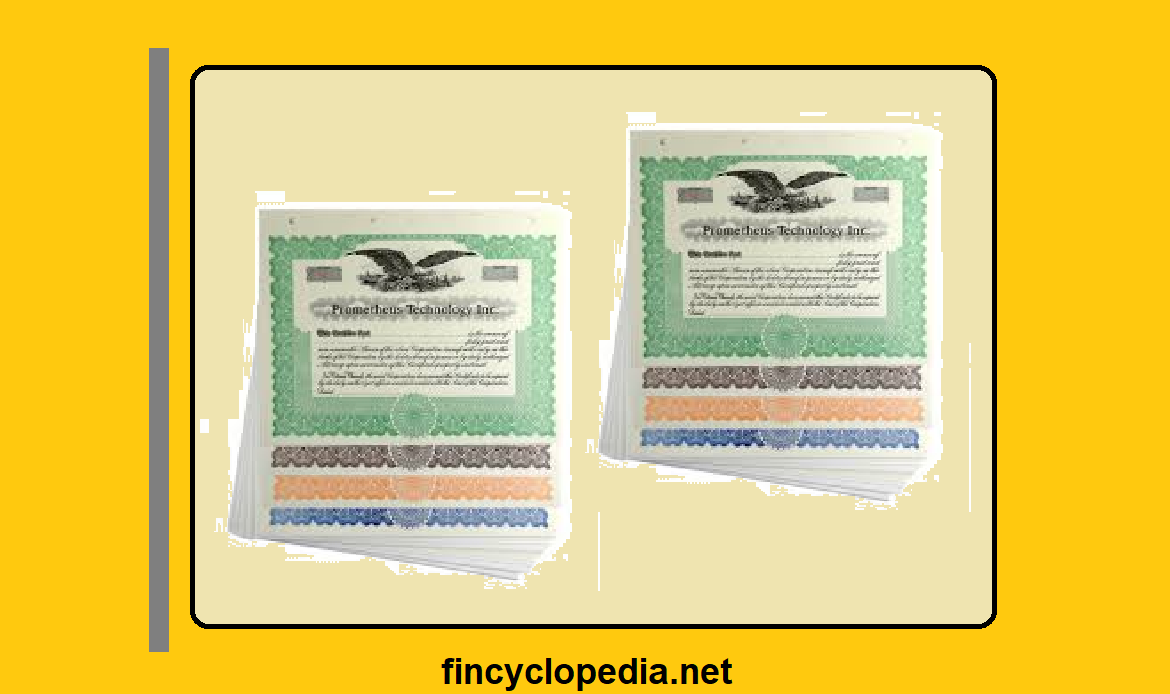It stands for return to hedged portfolio; the rate which results from a cash/futures arbitrage. More specifically, it is the rate of return that an investor can earn by simultaneously selling a bond futures contract or bond forward contract and buying the underlying bond of equal amount using borrowed money. Thereafter, the investor holds the bond until settlement date and then repays the borrowed money with accrued interest. The implied repo rate can also be earned in another type of cash-and-carry trades, such as when an investor buys a stock portfolio and sells a stock index futures contract. The expected return on this trade (dividends plus futures basis) is expressed as a money market rate using an actual/360 money market day-count convention.
To calculate the implied repo rate, the following formula is used:
Implied repo rate= [(full cost of underlying/futures invoice price) -1] x 360/actual
For example, an investor buys, on 5/26/2004 in the cash market, a bond with 8.25% interest, maturing on 8/15/2019, for a spot price of 129-10 (or 129. 3125). The accrued interest at settlement is: (8.25/2)x(101/182) = 2.2891. It follows that the full cost of this bond is:129.3125+ 2.2891 = 131.6016. If the bond is to be delivered on 6/30/2004 at today’s futures price (which is 105-14 (or 105.4375). Adjusting for convention factor (June 2004), being 1.2083, the converted futures price is: 1.2083 x 105.4375 = 127.4001.
Accrued interest at futures delivery = (8.25/2)x(136/182) = 3.0824
Futures invoice price = 127.4001 + 3.0824 = 130.4825
Implied repo rate = ((130.4825/131.6016)-1)x(360/35) = – 0.08746 (or 8.746%)
This rate of return is also known as the implied repo rate.






